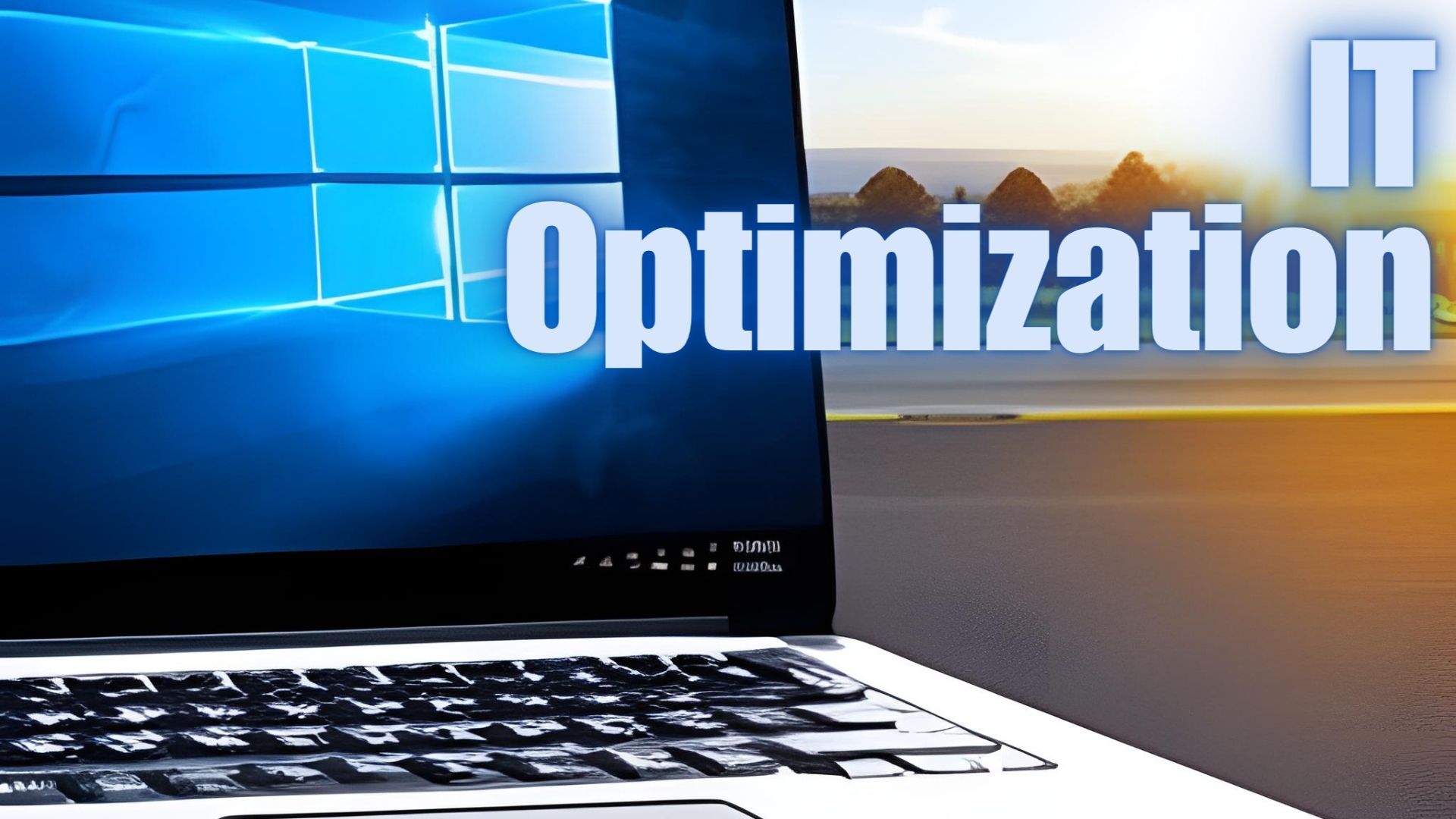IT Optimization in 2023: A Definitive Guide
In today’s fast-paced digital world, optimizing your IT infrastructure is not just an option; it’s a necessity. As we progress into 2023, the benefits of IT optimization are paramount for companies looking to remain competitive, innovative, and efficient. Here, we’ll delve deep into what IT optimization truly means, its paramount significance in contemporary business, and how companies can implement it effectively.
What is IT Optimization?
At its core, IT optimization is the strategic process of refining the IT environment to maximize its efficiency and alignment with business objectives. This goes beyond merely tweaking systems; it’s about enhancing operations, reducing overhead, and deploying resources judiciously to ensure that the organization’s IT infrastructure is lean, agile, and adaptable.

The Imperative of IT Optimization in 2023
Benefits
- Elevated Profitability: Cost savings from IT optimization can be redirected into core business areas, catalyzing business growth and profitability.
- Operational Efficiency: Organizations can enhance operational agility by eliminating redundancies and streamlining processes.
- Cost Reduction: A streamlined IT landscape inherently eliminates unnecessary expenses, making for a leaner budget.
- Simplified IT Landscape: A rationalized IT setup reduces the intricacies of operations, leading to faster application responsiveness and a smoother user experience.
- Improved Compliance: Aligning IT strategies with business objectives also means ensuring regulatory compliance becomes easier and less costly.
- Augmented Productivity: With an optimized IT infrastructure, processes are quicker, less prone to errors, and more aligned with business goals, enhancing overall productivity.
Challenges
However, the road to IT optimization is fraught with challenges:
- Resource Limitations: Often, companies may lack the necessary expertise or financial capability to embark on optimization initiatives.
- The Remote Work Paradigm: The increasing shift to remote working environments demands new technological solutions, creating potential optimization roadblocks.
- Shadow IT and Lack of Transparency: Effective optimization is arduous without a clear view into every aspect of IT operations.
- Repetitive Optimizations: Without a clear strategy, companies might be in a perpetual cycle of tweaks without achieving true optimization.
Strategizing for IT Optimization
Successful IT optimization demands a meticulous strategy. Here’s a roadmap to achieving this:
- Define Outcomes and Timelines: Begin with the end in mind. Clearly define what “optimized” looks like for your organization and set a timeline to achieve it.
- Current State Assessment: A thorough assessment of the existing IT landscape is critical before making changes. This includes analyzing infrastructures, end-user computing, applications, and more.
- Business Capability Mapping: Link technology assets to business processes. This step helps identify redundancies and ensures that every technological asset adds value to the business.
- Rationalization: Here, the focus is on standardizing and consolidating. Whether it’s applications, hardware, or services, the goal is to create a cohesive, lean, and efficient IT ecosystem.
- Optimization: Going beyond rationalization, optimization includes adopting principles like Virtualization, Automation, and Consolidation to create an IT setup that’s agile and responsive.
- Cloud Computing Integration: With its scalability and cost-effectiveness, cloud computing is an indispensable tool for IT optimization in 2023.
- Impact Analysis: Post-implementation, assessing your optimization initiatives’ impact is crucial. This feedback loop ensures that the organization stays on course and makes adjustments as necessary.
Conclusion
In conclusion, as we navigate the complex digital landscape of 2023, IT optimization emerges as a business imperative not just as a best practice. Organizations can transform their IT setups from cost centers to strategic assets through a systematic, strategic approach, driving innovation, efficiency, and growth. Armed with the right tools, expertise, and vision, the optimized IT of tomorrow is not just a dream but an achievable reality.



